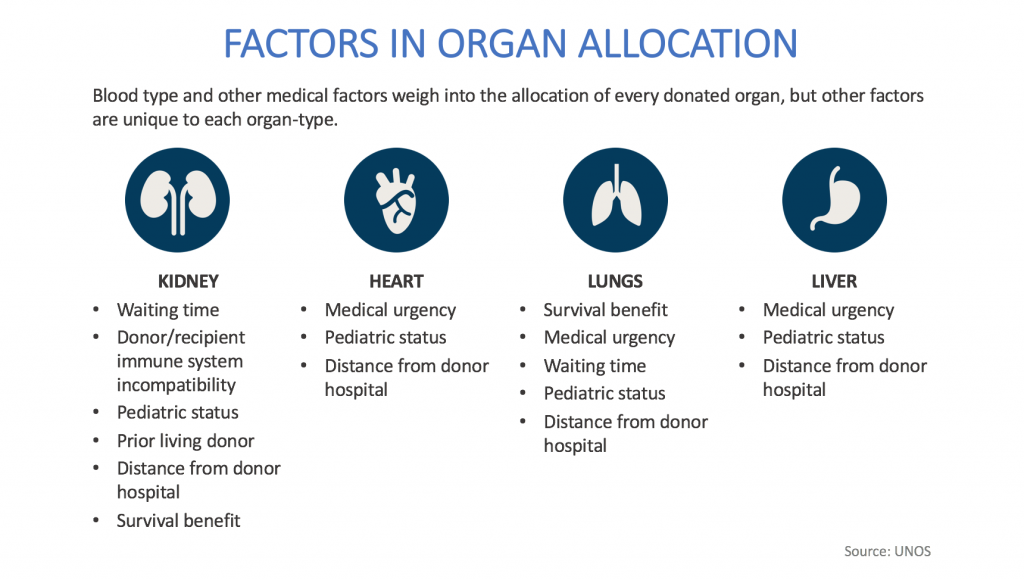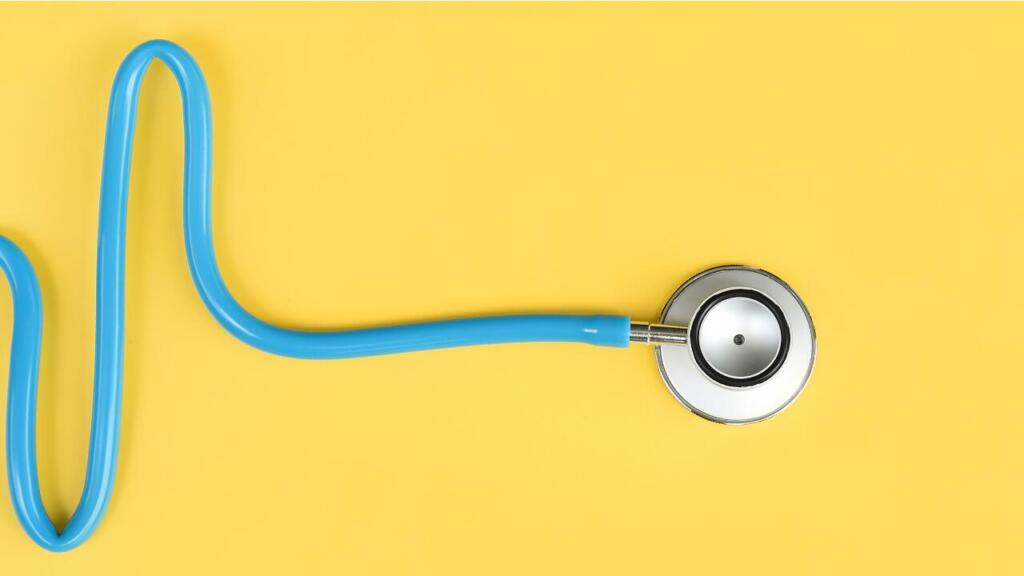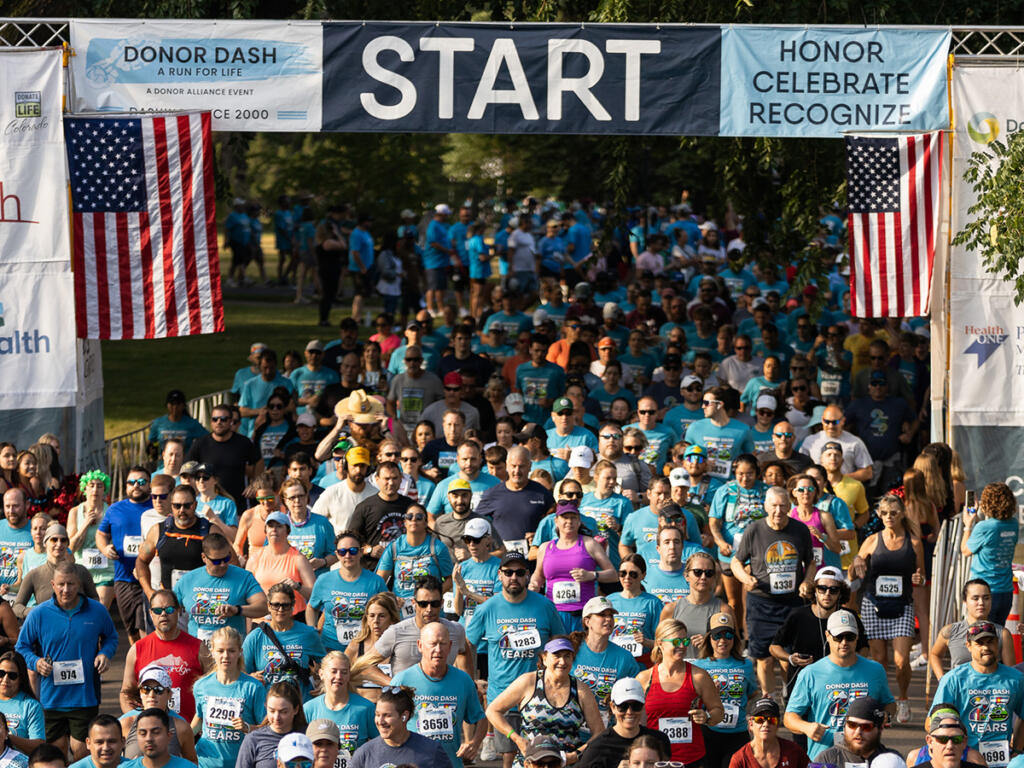Donation Essentials Blog
How are patients selected to receive a transplant?
How Are Transplant Patients Selected? Understanding U.S. Organ Allocation Policy
Who decides where donated organs go and how matches are made? The United Network for Organ Sharing (UNOS) does just that. This nonprofit manages the national transplant system, working 24/7 to connect donors with patients waiting for a second chance at life. The organization’s policies and computerized network match donated organs with transplant candidates in order to save as many lives as possible while providing recipients with the best chance for long-term survival. Here’s how the process works.
UNOS uses a collaborative process to develop policies for the allocation, procurement, and transport of deceased organs, inviting input from the public and all parts of the transplant community. This approach promotes equity among patients on the waitlist and ensures policies stay current with medical science.
The resulting allocation criteria is programmed into the UNOS computer system. Using a combination of donor and candidate medical data—including blood type, medical urgency and location of the transplant and donor hospitals—UNOS’ system generates a rank-order of candidates to be offered to each organ. This match is unique to each donor and each organ.
While many factors are used to match organs with patients, only medical and logistical factors are taken into consideration for all organs. While various medical and logistical factors guide organ matching, personal or social factors, such as fame or income, have no influence on priority.
Before an organ is allocated, all transplant candidates on the waitlist that are incompatible with the donor because of blood type, height, weight and other medical factors are automatically screened out. Proper organ size is critical to a successful transplant. For instance, children often respond better to child-sized organs. Pediatric candidates have a unique scoring system, giving them priority for organs from other children. Geographic location also matters, especially for hearts and lungs, which must be transplanted quickly, making proximity to the donor hospital essential.

There are nearly 100,000 people in the U.S. waiting to receive a lifesaving organ transplant, with nearly 1,300 in Colorado and Wyoming. Learning how patients are selected to receive transplants and checking the box to register to be an organ, eye and tissue donor at the DMV is quick and easy to do. You can also register today at Donate Life Colorado or Donate Life Wyoming. One person can save up to eight lives through organ donation and save and heal up to 75 more through tissue donation. Learn more from Donor Alliance.


